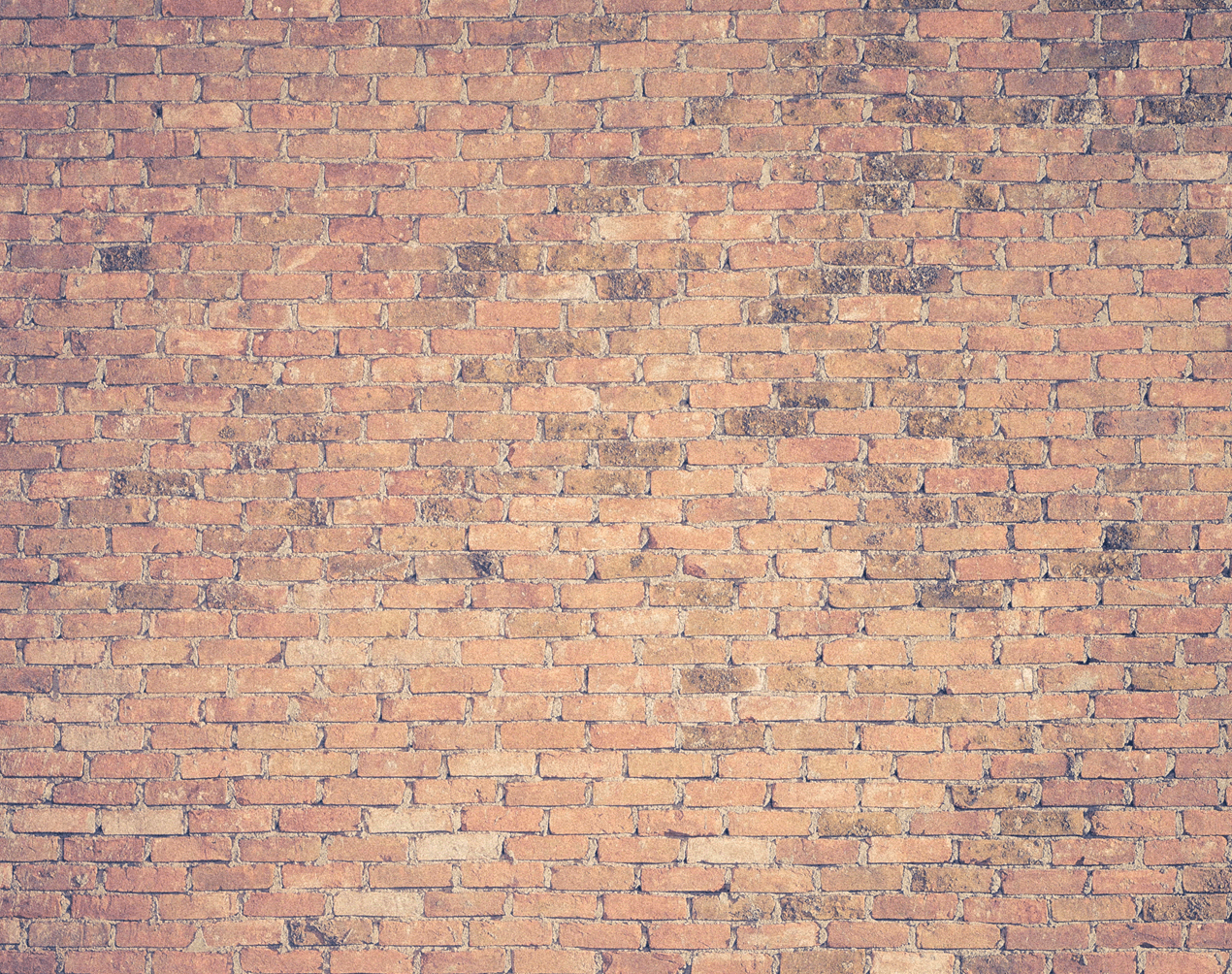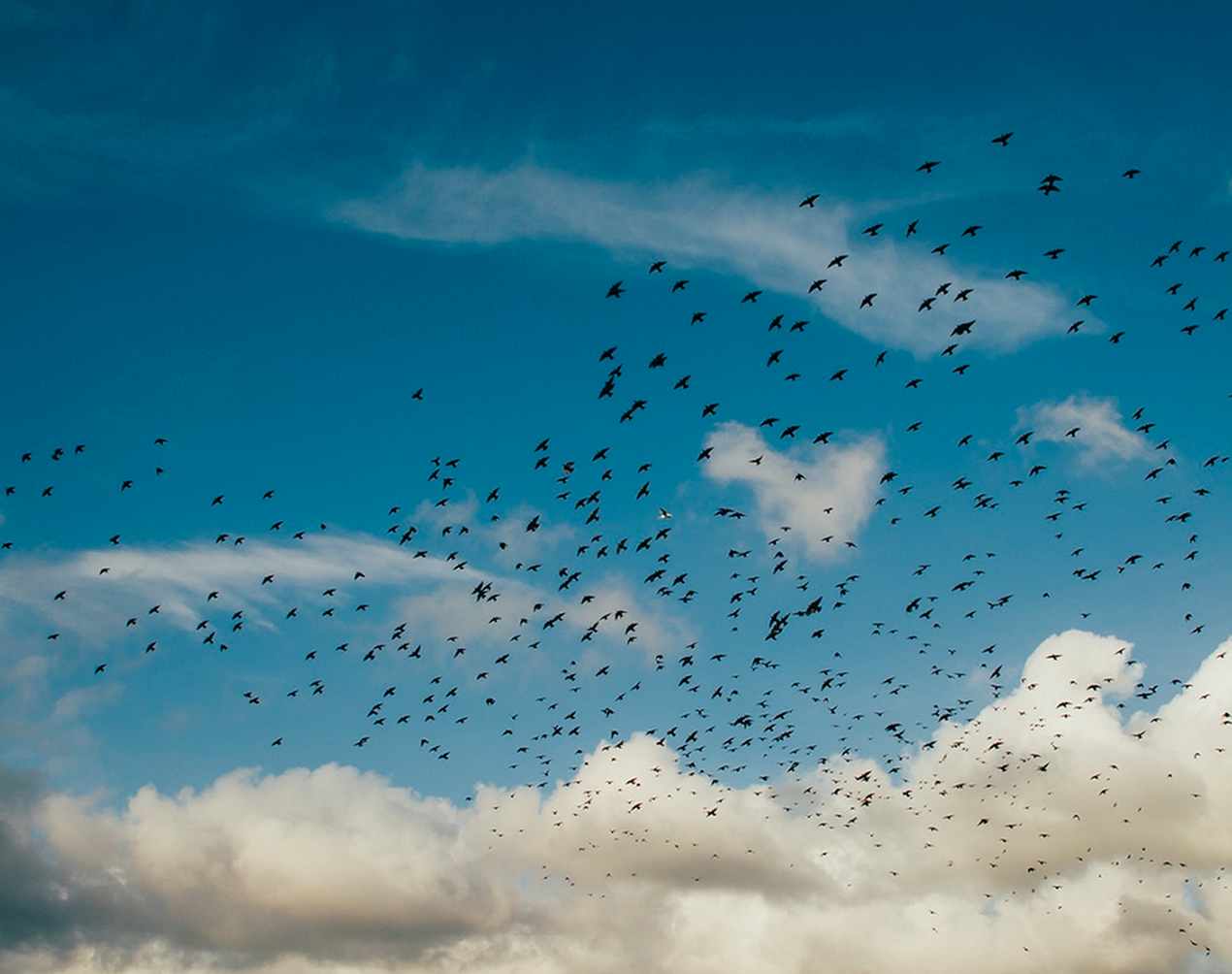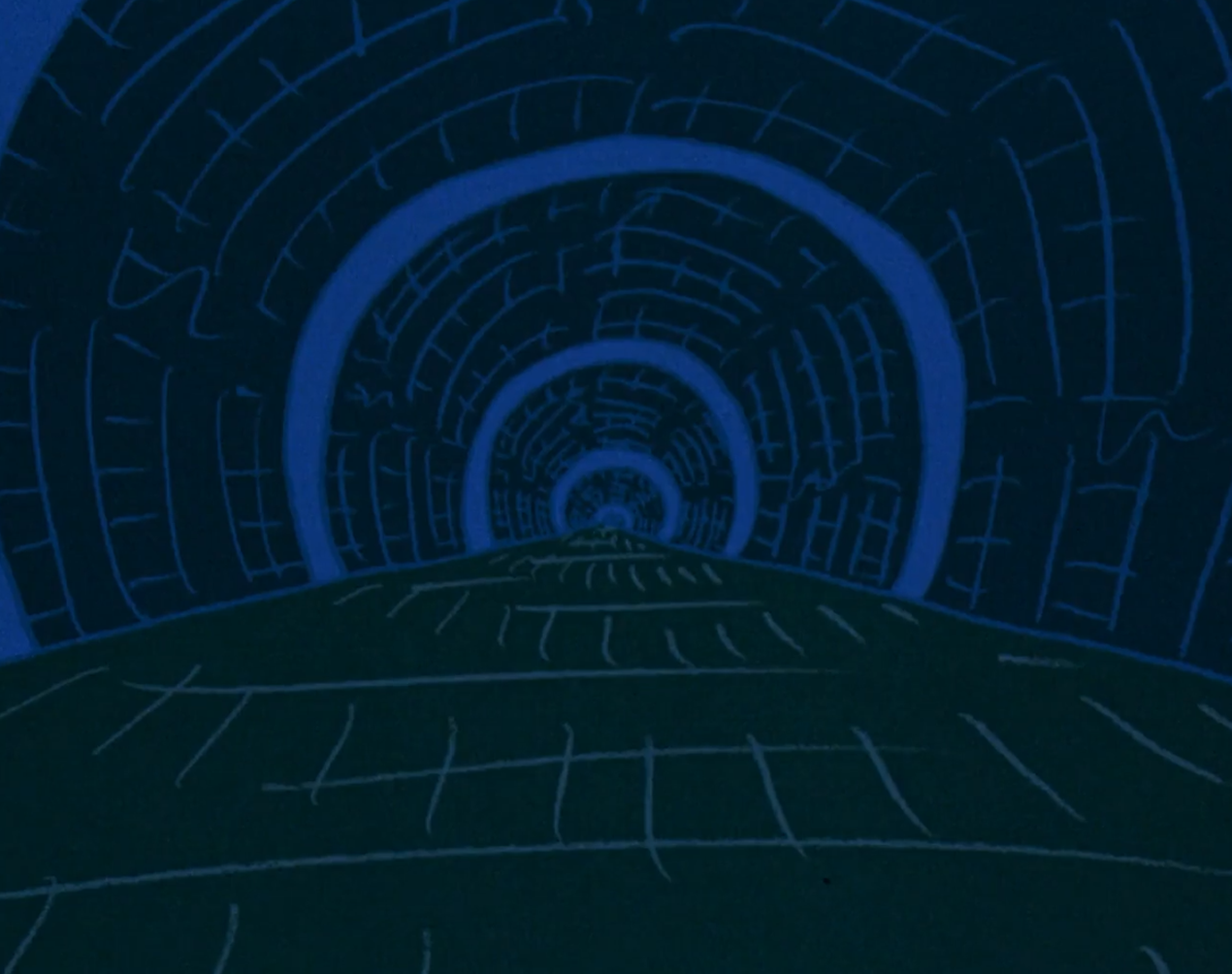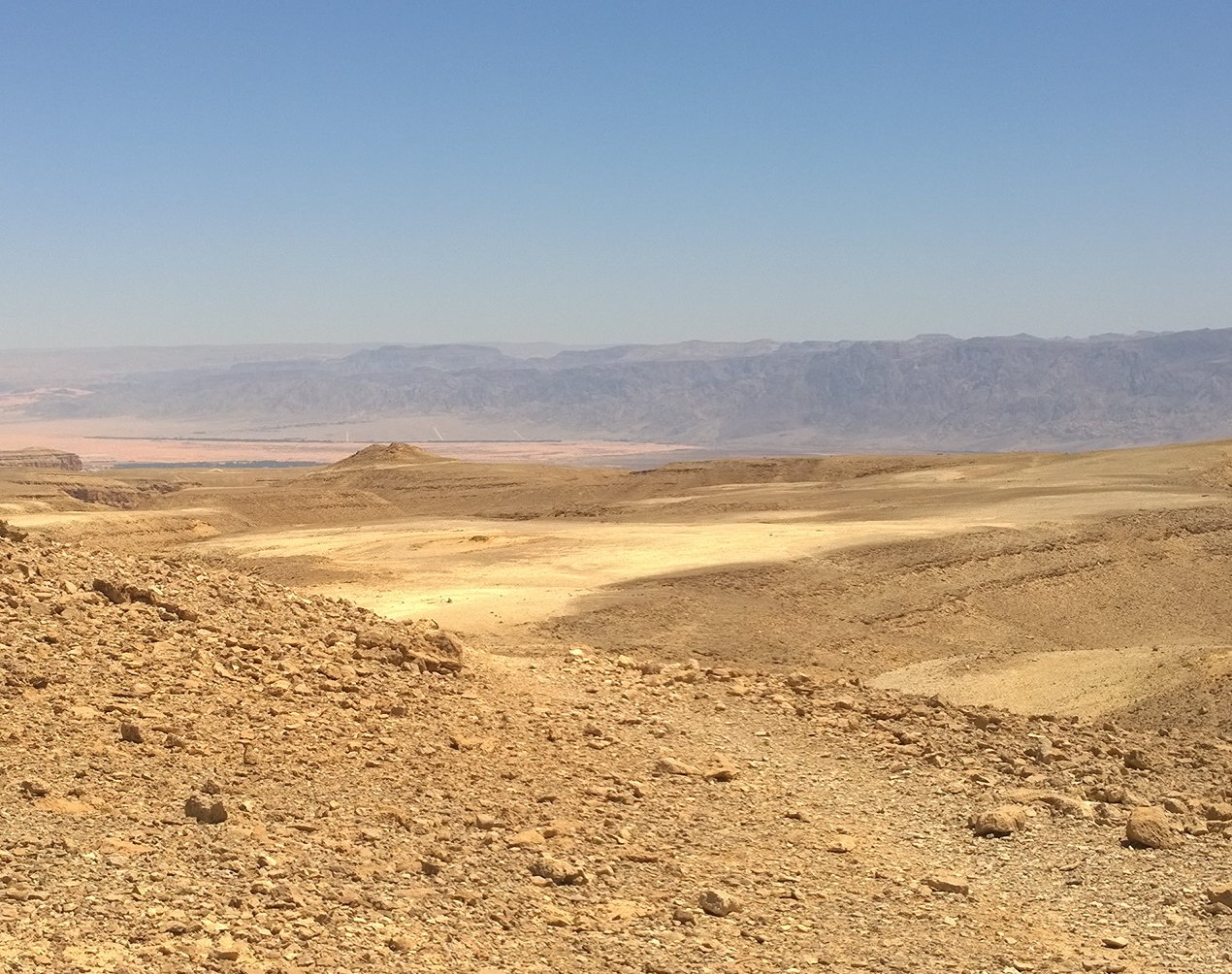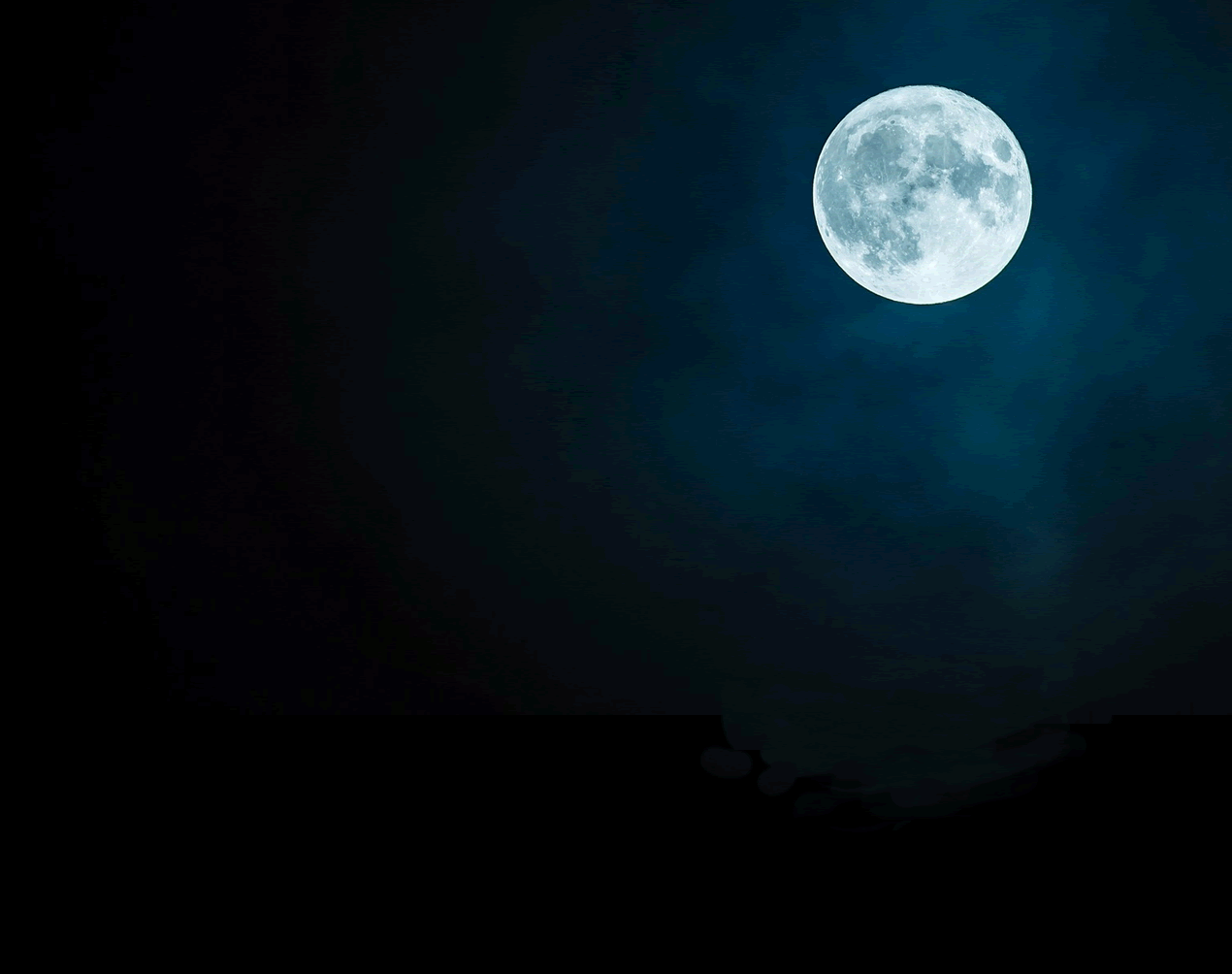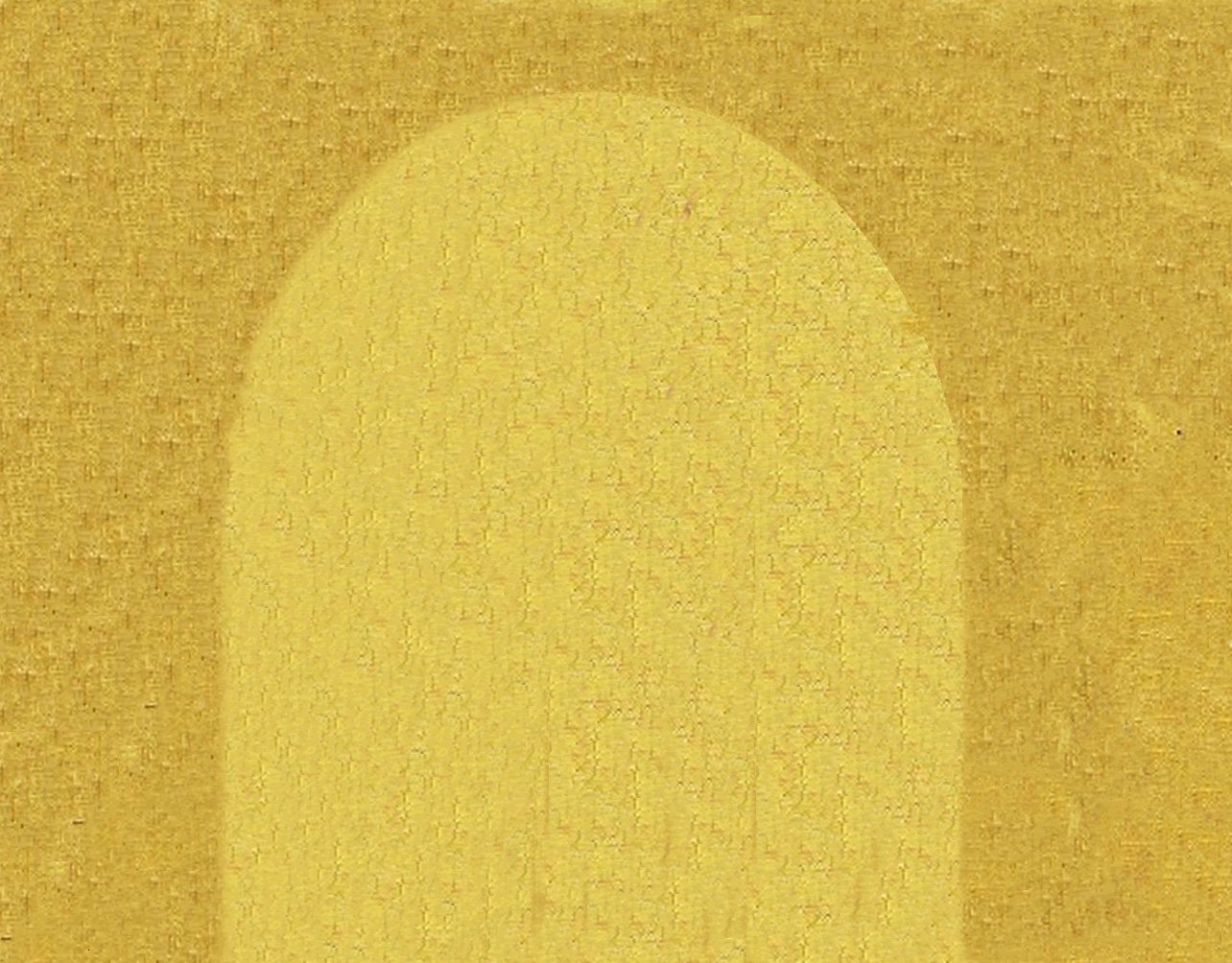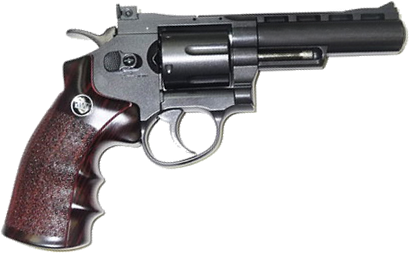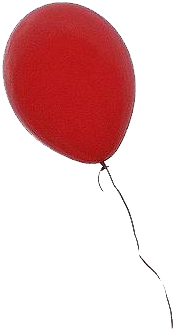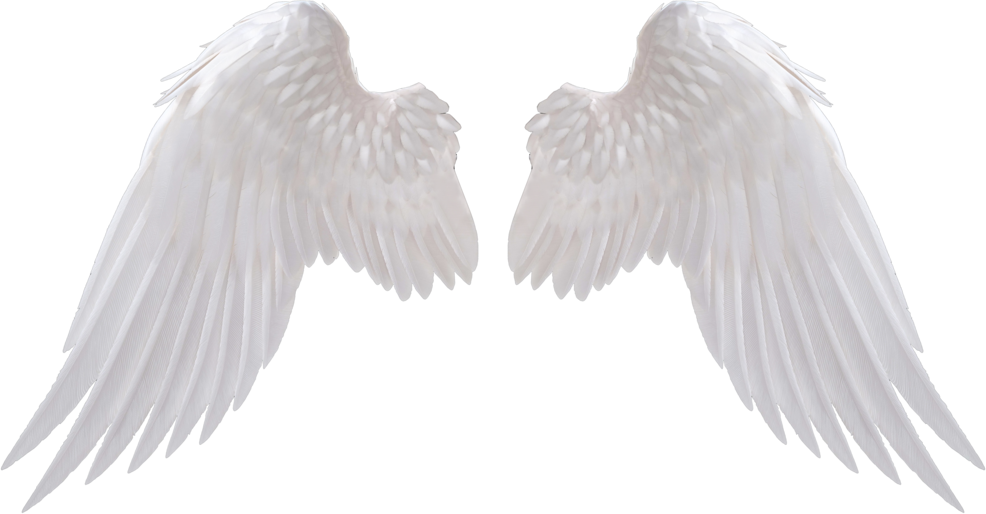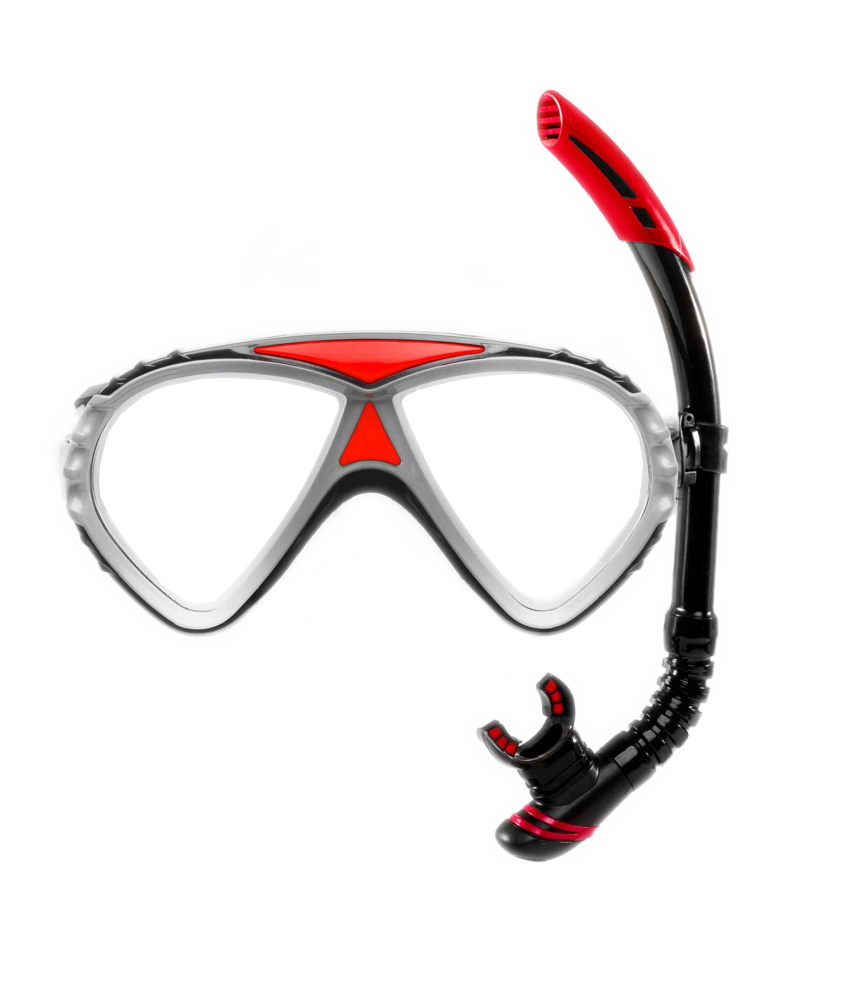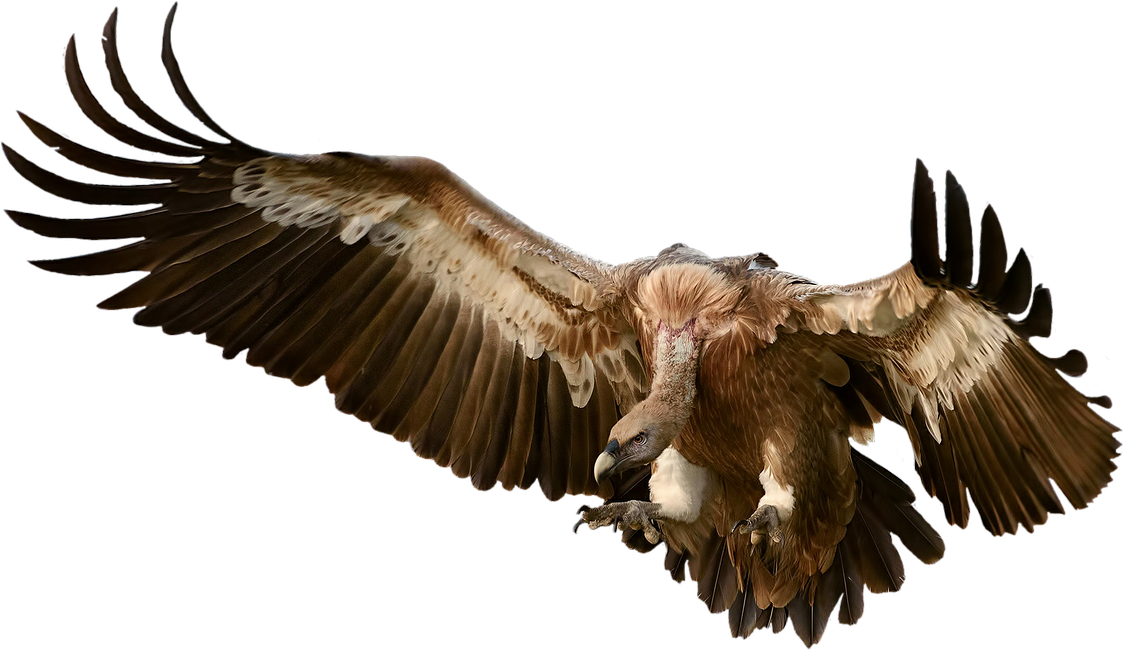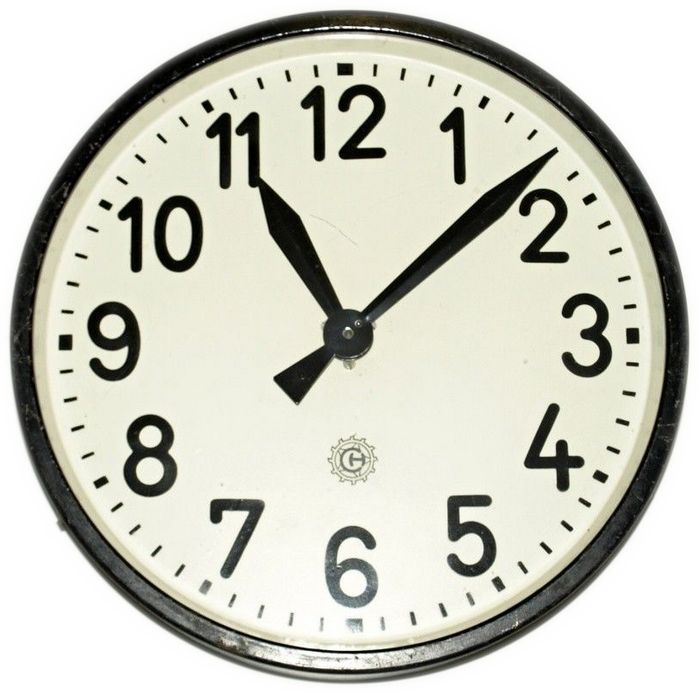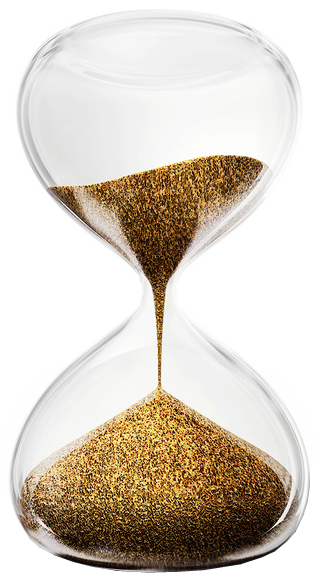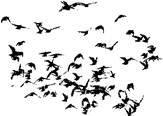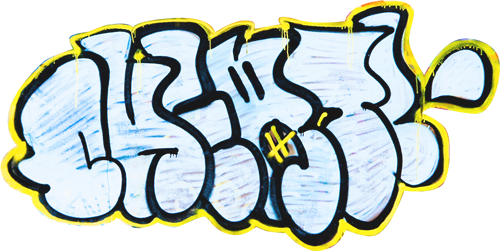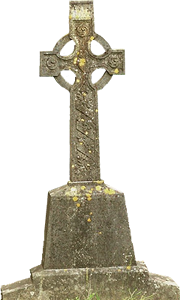Film location, props, decoration
Understanding how cinematic images are designed using location, props and decoration.
The choice of a location and how it is furnished with props and decoration can not only say a lot about what is happening, but also about the emotional state of a character. If people or things are transferred from one setting to another, they can appear completely different, depending on the surroundings.
Key concepts: Set and Location
A film location is, as the name suggests, a place where part of the film is shot.
Locations are divided into original locations, i.e. places that actually exist such as
streets and buildings, or film sets, that were built especially for a film shoot.
Key concepts: Props and Decoration
Props are all the objects with which the characters interact. This could be, for example, a book that a character reads, or a
rope thrown over a wall for climbing.
Objects that are in the frame but with which the actors do not interact directly
are part of the decoration. This includes furniture as well as things like pictures on walls or lamps.
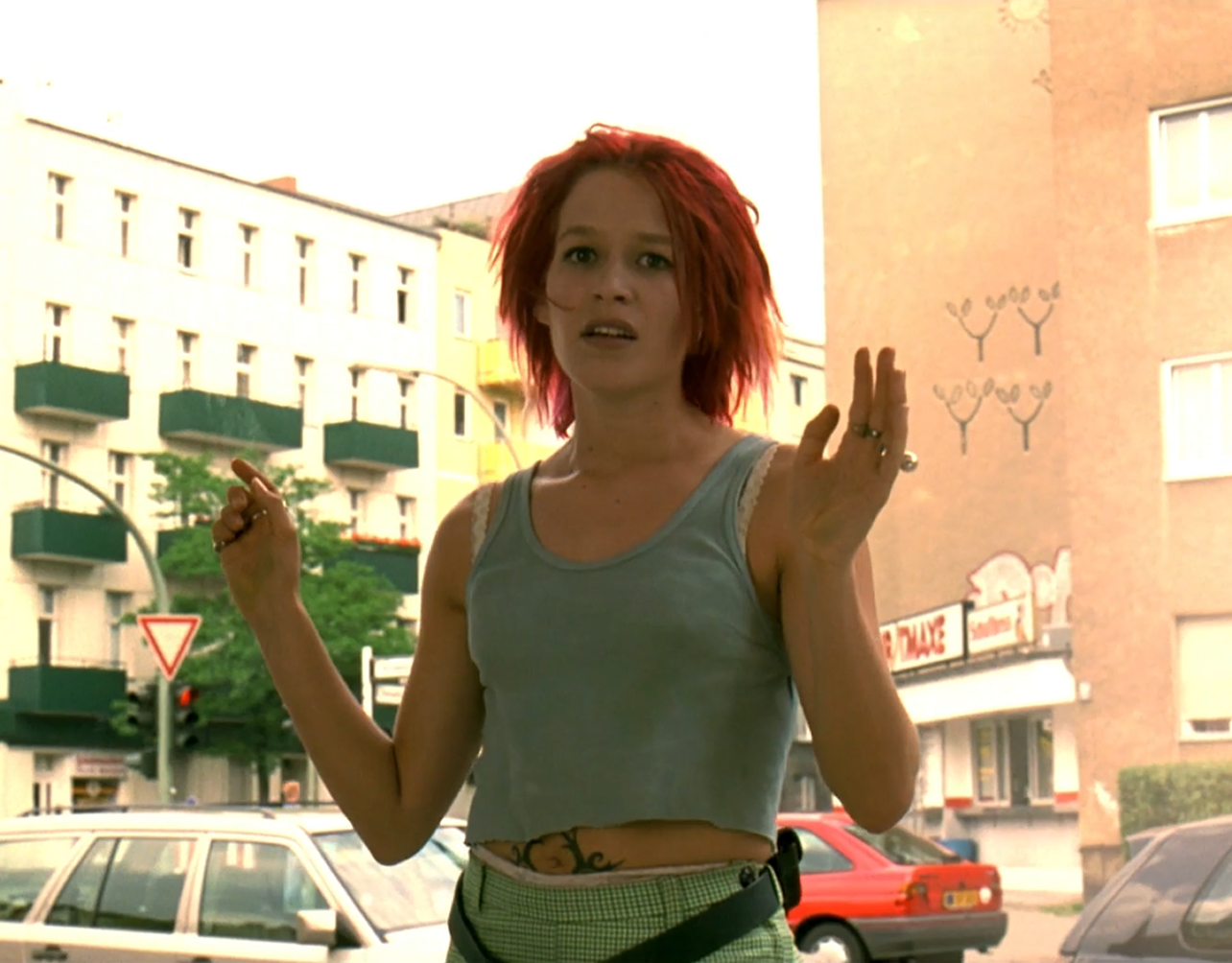
Fig. 1: Lola is standing in front of the windowpane behind which Manni raids the supermarket
Task 1
In Lola's first run, she cannot prevent Manni from committing the robbery. Stunned, she stands in front of the
windowpane. These scenes were filmed at a crossing 📍 in the Charlottenburg district of Berlin. There is still a grocery store there today.
- Change the design of this location by selecting a new background for Lola in the workspace.
- Below the workspace you will find props and decorative elements. Add new elements to Lola's picture. (Tip: Tap on an element in the workspace to bring it into the foreground. Lola can also be brought back to the foreground in this way.)
Set and Location
Props and Decoration
- Describe how your designs affect how you feel and your understanding of what is happening. Compare your choices with those of others in the class. Which arrangements and combinations of scenery/location as well as props and decoration create new associations and ideas for you, which are useful for interpreting the original still image (Fig. 1)?
- Analyse the original image (Fig. 1), taking into account your own set design experiments.


